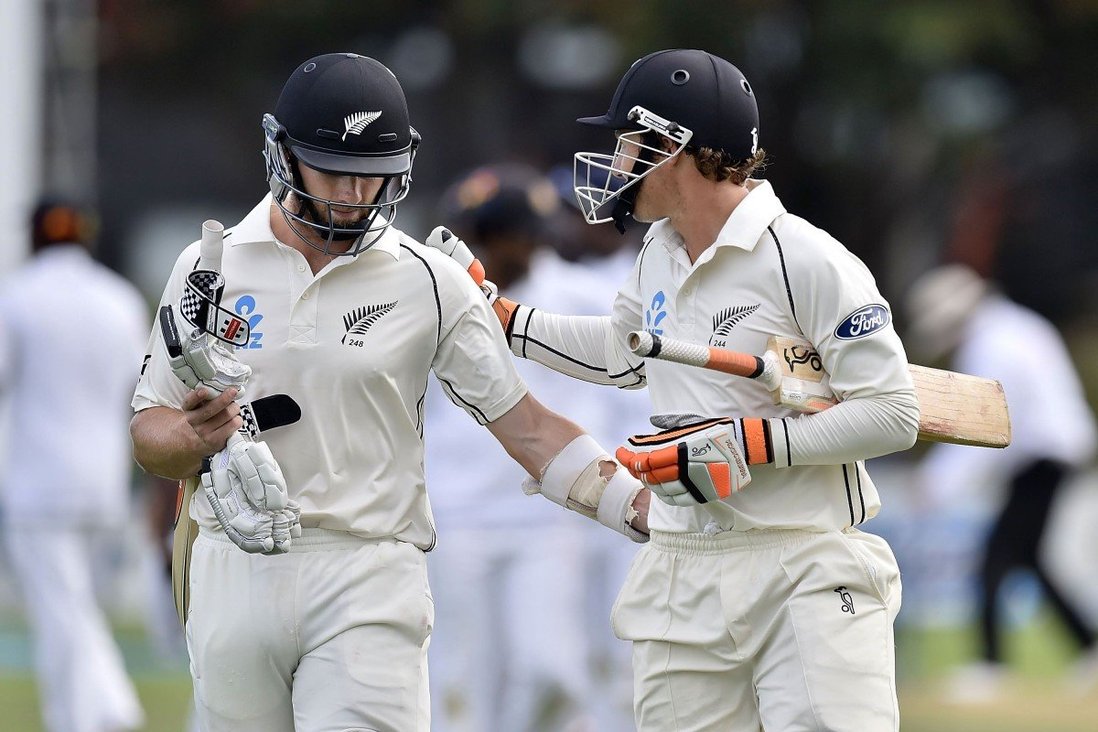Test Match Therapy: The Greatest Escapes 4
0India at Wellington, February 14-18, 2014
NZ 192 & 680/8
India 438 & 166/3
Match Drawn
Sri Lanka at Wellington, January 3-7, 2015
NZ 221 & 524/5
Sri Lanka 356 & 196
New Zealand won by 193 Runs
There are six brass plaques permanently set in asphalt at the Basin Reserve. They feature the greats of New Zealand cricket; SD Dempster, John R Red, Martin Crowe, Richard Hadlee, B McCullum and Williamson. One player is mentioned twice. BJ Watling.
Quite some achievement that – just six plaques in almost a century and one person ends up mentioned the most. I wonder if BJ Watling will one day take his grandchildren for a quiet stroll around the Basin and ask them if they notice anything. I would. But not Watling: he would probably just say he once played a bit of cricket here.
One of my favourite calls to a talk-back radio station was from person who rang at the end of the third day of the famous 2014 Basin Reserve Test match against India. Brendon McCullum and BJ Watling had just finished taking New Zealand from 94 for 5 just after lunch to 252 for 5 at stumps. McCullum was on 114 and Watling 52. McCullum was getting most of the attention, but this man rang with a subtlety delivered message that Watling’s effort should not just be recognised but also lauded for the degree of skill involved.
Watling’s 52 had taken more than 200 balls to complete. On the face of it, an innings of this nature is hardly going to have the public lining up to witness it. Or even people praising it. But the point this man was making was a perfectly valid one that tends to get overlooked – that it requires the same degree of skill to compose an innings such as this as it does to blast 100 of 60 balls in a T20 match. Just different skills. In fact, you could even argue that Watling’s achievement is even more meritorious given the amount of mental baggage that also needs to be dealt with over such a prolonged period of time.
What this caller may not have realised at the time, along with the rest of us, was that Watling had only just got started. He went on to 124 the next day, established a new world sixth-wicket Test stand with McCullum and earned his first brass plaque. Then he returned to the Basin Reserve against Sri Lanka a year later and did it all again, breaking his own world record by putting on 365 undefeated with Kane Williamson. You could just hear a plaque-maker somewhere asking: “Have we still got that template from last year lying around somewhere?”
Collectively Watling faced 700 balls in almost a thousand minutes spent at the crease and scored 266 runs for once out. Just think about that for a moment. It is simply astonishing. Even with an 11 month rest in the middle of it. And something that requires an awful lot of skill. Especially mental management skills.
Most of you would have noticed a recurring theme if reading all of the previous contributions so far in this Great Escapes series: New Zealand finding itself in near impossible situations only to be ultimately rescued by lengthy innings played by batsmen with the skill and temperament of Martin Crowe, Jeremy Coney, John Wright and Mark Greatbatch. Amongst other things, it underlines the age-old cricket adage that bowlers win Test matches and batsmen save them. And all of them reinforce the reality that New Zealand’s position was so dire in these situations that the only possible option available was to save them as opposed to winning them.
There was also not sufficient time left for any other outcome. Not that I ever cared. Saving any Test match after staring down multiple barrels always feels like a victory anyway. Sometimes better.
Interestingly, Brendon McCullum copped some flack in 2014 for not declaring sooner and trying to see if the Black Caps could then bowl India out and win the Test. Not from me, however. His efforts had just won a series that three days earlier was drawn. And we were not winning that many Test series at the time. Offering India a gettable target after so much effort had been expended extracting ourselves from such a hopeless situation seemed to me like a form of potential self-perpetuated vandalism.
But McCullum, in complete contrast to me, is a relentlessly positive individual who enjoys nothing more than a gamble. And I was therefore horrified to later read that he been overtaken by the circumstances of his triple century achievement and now wishes he had made more of an effort to try and win the game against India.
But the combination of a clearer head and more time meant he was not to be denied a year later. Sri Lanka had enjoyed a first innings lead of 135 thanks to a sumptuous double hundred from Kumar Sangakkara, and the Black Caps looked down for the count when Watling joined Kane Williamson at 159 for 5 in its second innings. But their 365-run partnership allowed McCullum the unexpected luxury of declaring with enough time left to bowl Sri Lanka out if the New Zealand attack proved good enough. Turns out it did.
This was just further proof of the age-old cricket adage that bowlers win Test matches. But in this instance with a bit of help from a gutsy little wicketkeeper-batsman.
He will be missed.
Follow Euan on Twitter

